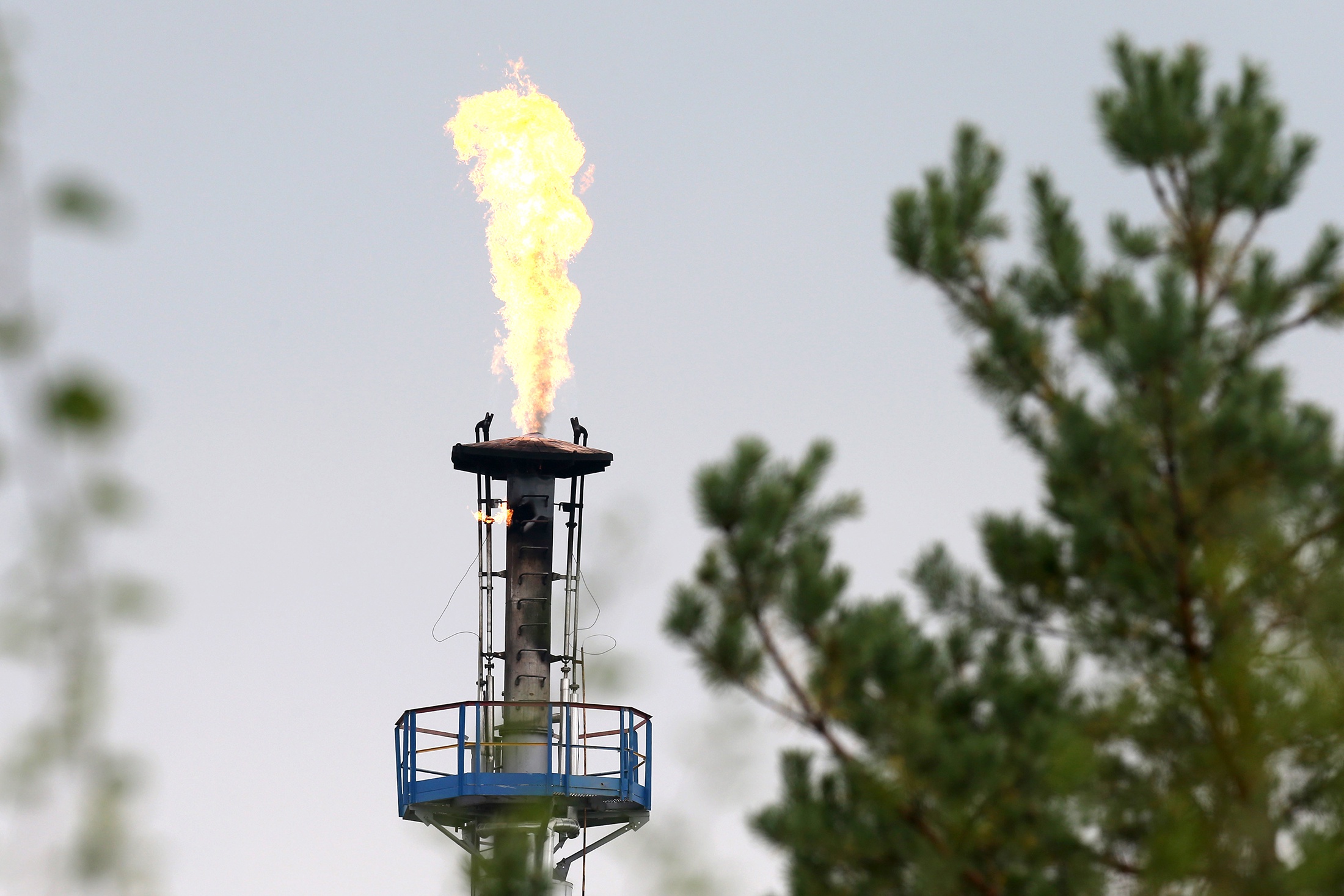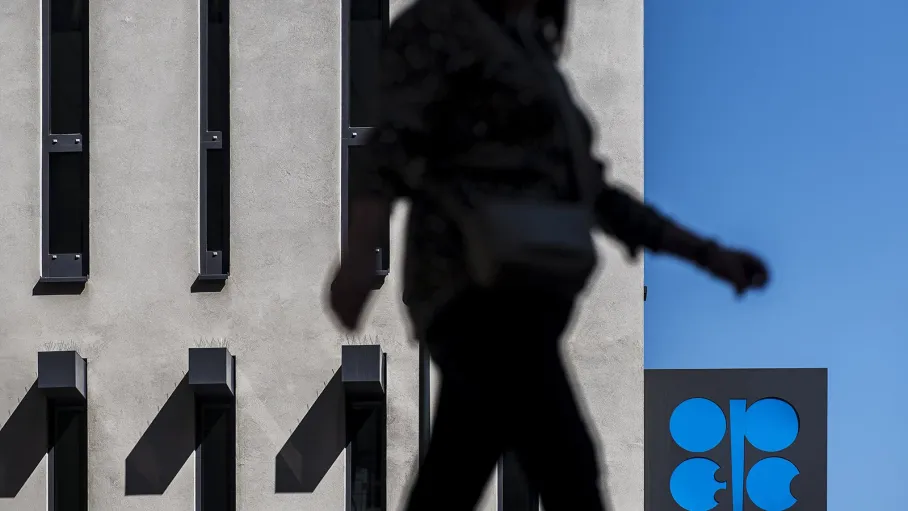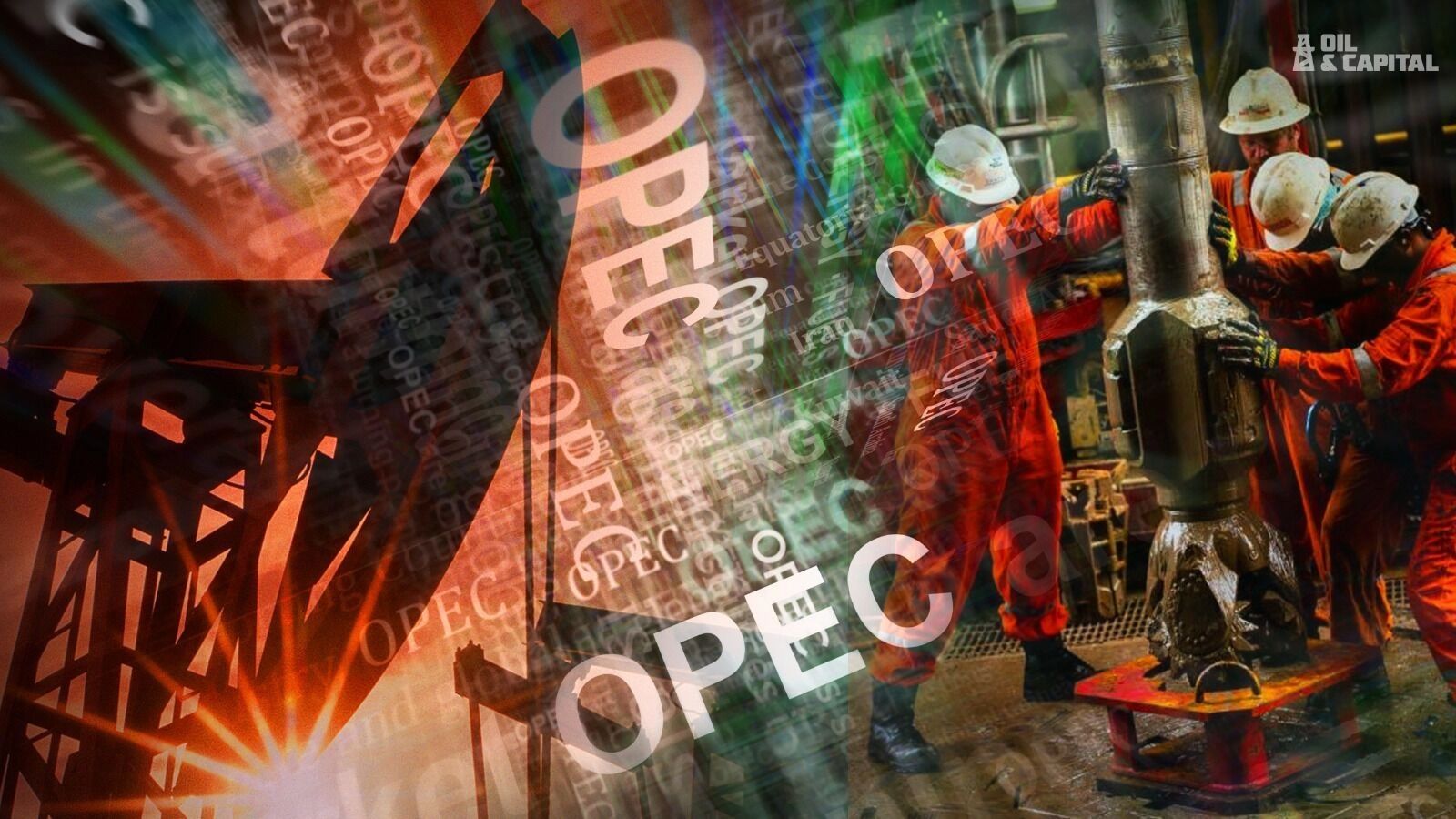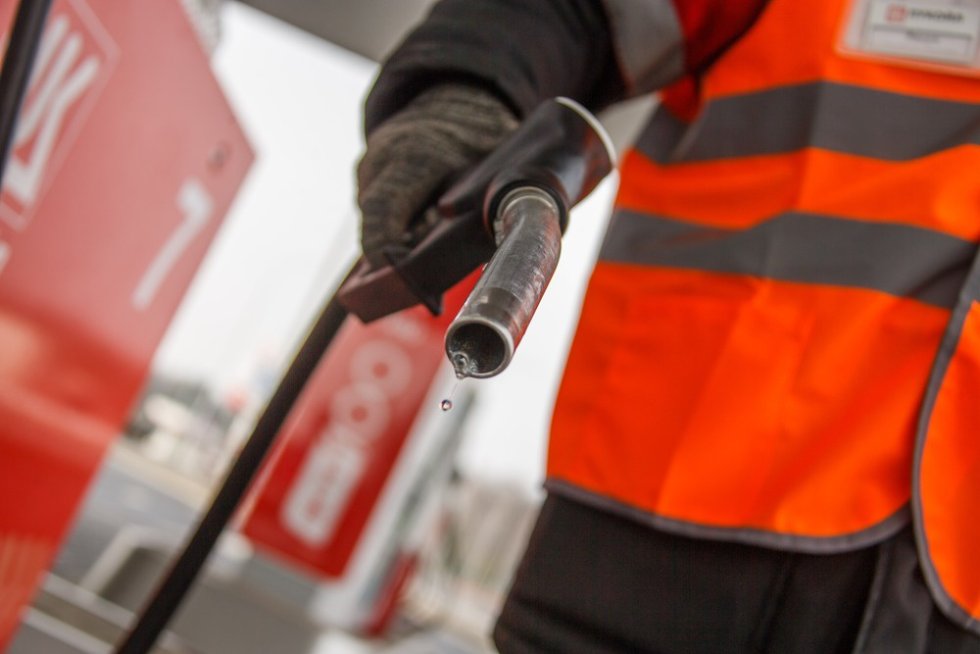Fuel market quotes have been hitting record highs since the beginning of the week, as if the complete ban on gasoline exports introduced just a week ago had never happened. The market did not anticipate a cooling period or a gradual decline in wholesale fuel prices. This suggests that retail prices are unlikely to stabilize anytime soon, having already surpassed the average inflation rate in the country since the beginning of the year (4.61% versus 4.51%).
There is indeed an understanding that prices at gas stations should not rise above the inflation rate, and the Federal Antimonopoly Service (FAS) is closely monitoring retail pricing. However, this understanding is not law. The FAS ensures that the cost of fuel at gas stations is not inflated but does not set price ceilings. Gas stations purchase fuel in bulk at oil depots, on exchanges, and from refineries (NPPs). When wholesale prices rise significantly and rapidly, an increase in retail prices becomes unavoidable.
The AI-95 gasoline brand has notably excelled, reaching an all-time high on Monday, August 4, exceeding 77,000 rubles per ton. By August 6, the price for this grade had risen to 78,816 rubles per ton. The AI-92 brand is currently trading at a more modest 67,620 rubles per ton. The peak of 70,446 rubles per ton, reached in September 2023 at the height of the fuel crisis, remains unbroken. However, the issue is that the subsidies for oil companies from the budget—based on providing fuel to the domestic market at prices below export levels (damping mechanism)—are defined by the AI-92 grade. Under current regulations, the damping payment is nullified if the average price for the AI-92 grade exceeds 66,495 rubles per ton within a month. This threshold was surpassed on August 4. With the month still ongoing, the damping mechanism is effectively nullified.
It can be argued that other sectors operate without budget subsidies, and the "wealthy" oil companies will manage without them too. However, the damping mechanism curbs the rise in wholesale prices and softens price fluctuations. Although funded from the budget, the money for it comes from the oil extraction sector in the form of taxes (which were increased to enable the damping payments). If the damping payment is nullified, the mechanism controlling price increases will be disabled, and prices will inevitably soar.
As highlighted by Yuri Stankevich, Deputy Chair of the State Duma Committee on Energy, the current situation indicates that the thresholds granting companies the right to receive damping payments need to be reassessed. Both the Ministry of Energy and the Ministry of Finance prepared a joint solution on this matter back in spring.
The full ban on gasoline exports may not have yet affected its market quotes.
It is unlikely that oil companies can tighten their belts, as the tax burden on the sector is already the highest in our economy, estimated to reach between 72% and 85%. Additionally, the strengthening of the ruble coincided with a decrease in barrel prices, significantly impacting the sector. Most taxes from the industry are paid based on the volumes of crude oil extracted, with its price determined in dollars and converted to rubles.
Therefore, without subsidies, oil companies cannot contain price increases. One of the reasons cited for rising gasoline prices is the reduction of damping payments this year.
According to Sergey Tereshkin, CEO of the OPEN OIL MARKET fuel marketplace, the damping payments decreased by 58% in July 2025 compared to the same period in 2024 (down to 59.9 billion rubles). Oil companies are left with no choice but to raise prices in segments where fuel price increases are not associated with the risk of "unpaid" subsidies. This includes exchange prices for AI-95 gasoline, which are not considered when calculating the damping payments, as well as prices in the "off-exchange" wholesale segment (sales through direct contracts, bypassing the exchange).
Another factor behind rising exchange prices is unplanned refinery repairs due to drone attacks, according to Reuters. Reports indicate that the Novokuybishevsk refinery has been shut down since the beginning of August, and the output of petroleum products from the Ryazan refinery has been cut by half. The market could indeed respond to news about reduced gasoline shipments, but it is unlikely to reflect a tangible decline in supplies in such a short timeframe. In 2024, Novokuybishevsk refinery produced around 1.1 million tons of gasoline, while Ryazan refinery produced 2.2 million tons.
Russia produces more automotive fuel of all varieties than it consumes.
Gasoline production in Russia is between 41-44 million tons per year, nearly matching the internal consumption requirements. Therefore, short-term price fluctuations may be natural, especially during peak demand seasons, explains Mark Shumilov, an analyst in resource sectors at Renaissance Capital.
This amounts, at worst, to a temporary loss of around 5% of the total gasoline output in the country. With the full ban on gasoline exports that began in August, the share of gasoline exports was about 10-15% of total production. Even considering intergovernmental agreements for gasoline supplies not affected by the ban, there is currently more gasoline trapped in the country than the temporarily lost volumes.
However, experts view the ban and its impact on the market negatively. According to Stankevich, an administrative export restriction in conditions where Russia produces more petroleum products than it consumes is a certain losing strategy, conflicting with economic principles. He believes the mistakes of 2023 are repeating, when a decision to reduce damping payments led to a local fuel shortage and price increases. The decision had to be revised in haste. The inclination to resolve the issue of market fuel prices and supply through tightening regulations will not yield results. In the event of continued rising exchange prices, they will inevitably reflect on retail prices, albeit with a time lag, believes Stankevich.
Tereshkin agrees, stating that increases in wholesale prices will inevitably be communicated to retail prices. The growth in retail prices will, of course, return to inflation bounds, but this delta will be minimal, especially considering that overall inflation trends are gradually declining.
Dmitry Gusev, Deputy Chair of the Supervisory Board of the Reliable Partner Association and member of the expert council of the "Gas Station of Russia" competition, assesses the full ban on gasoline exports somewhat differently. He also believes that rising exchange prices will affect retail prices, but is confident that the export ban's effects have not yet been reflected in the market. The results will only become apparent in a week. At the same time, the expert emphasizes that since exchange regulation does not satisfy regulators, consumers, and producers, one of the pathways to normalize the fuel market is to introduce state regulation.
It was previously reported that the FAS is considering raising the minimum volume of gasoline sales on the exchange from the currently mandated 15% to 17%.
Source: RG.RU



